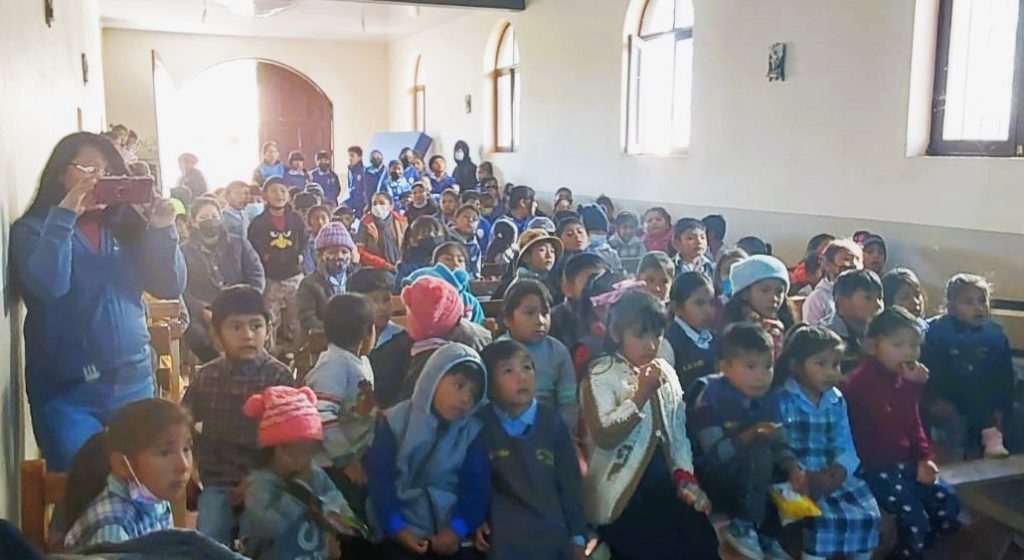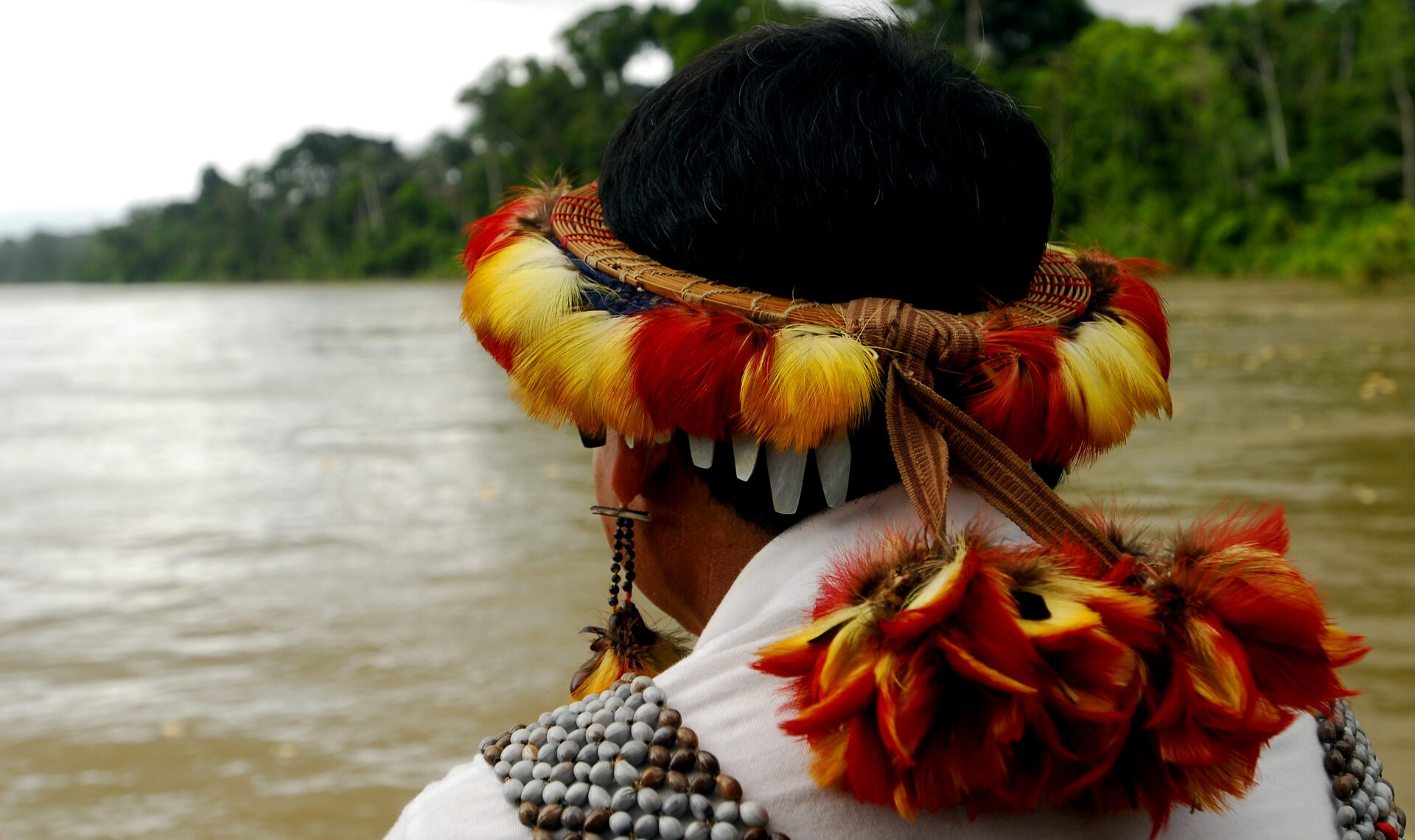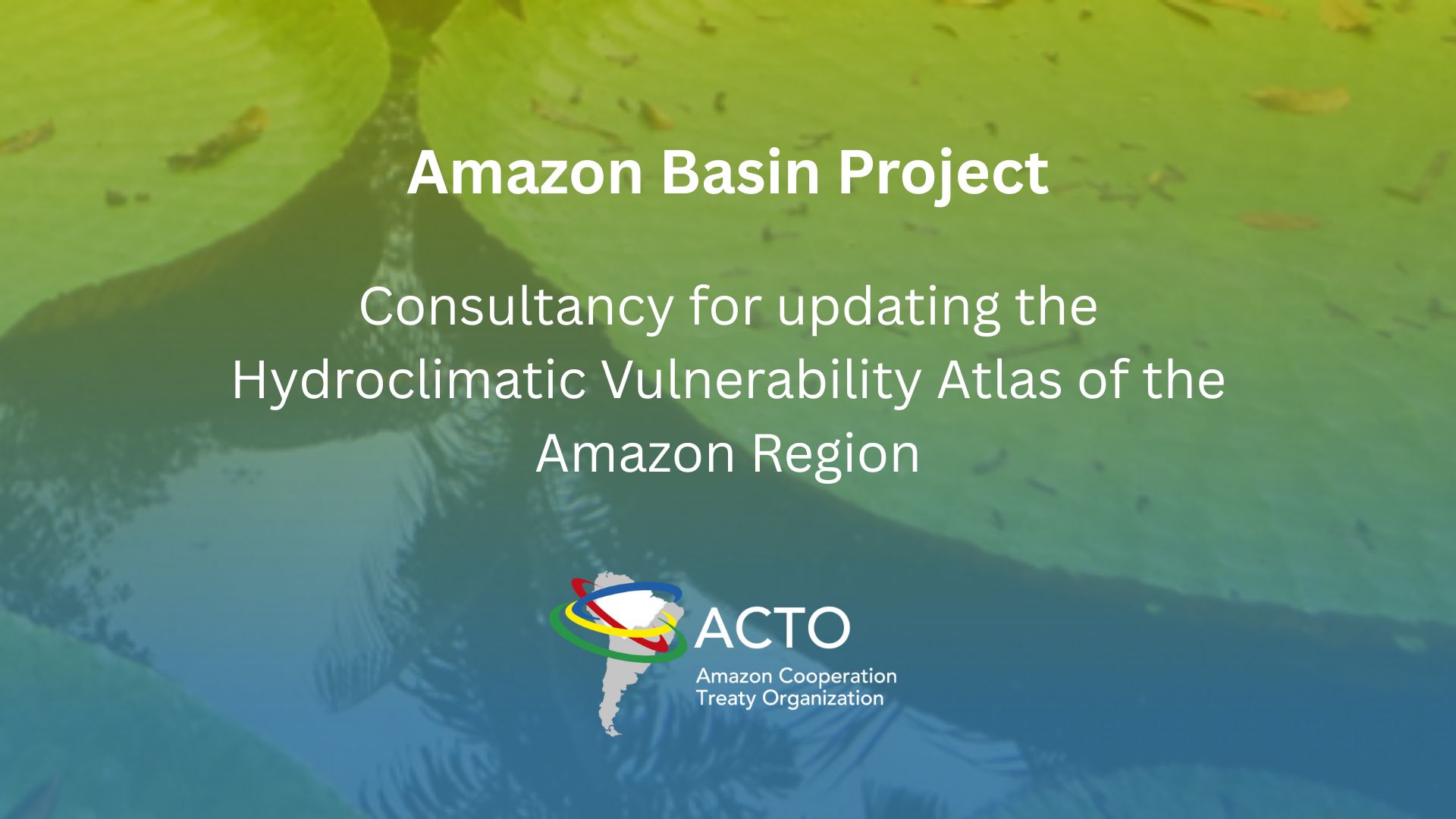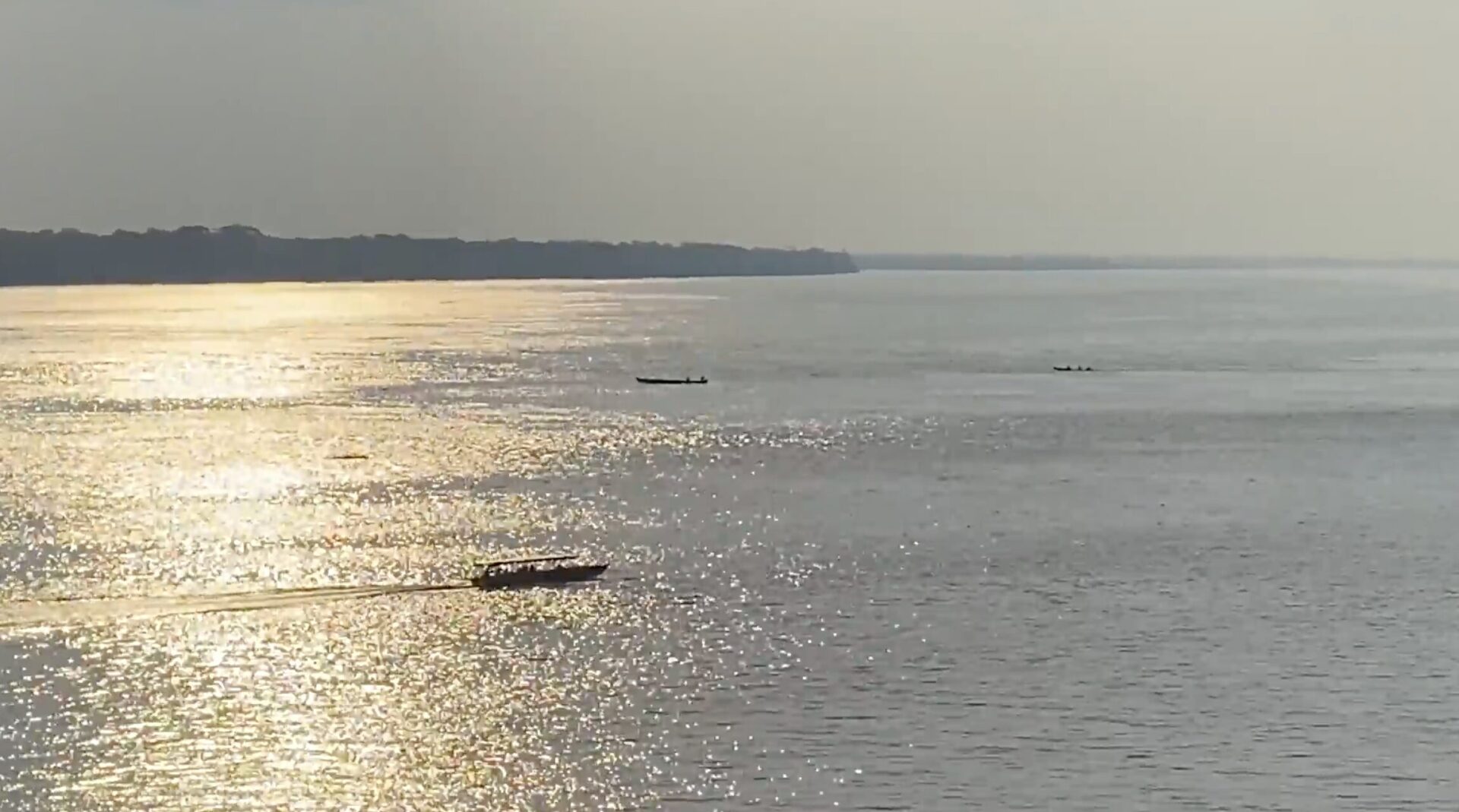The attentive gazes of 132 children filled the large hall of San Jacinto Educational Unit, a school in the city of Sacaba, located in the Bolivian Amazon. Before them, images depicting the water cycle and its importance for life paraded, inviting them to take care of this natural resource that may become scarce for its multiple uses due to pollution, environmental degradation, and climate change. This activity was part of the socialization of children and adults to promote water conservation, a process implemented within the framework of the project “Establishment of Monitoring Networks for Quantity and Quality of Groundwater in Important Urban Aquifers of the Madeira River Basin.”

Socialization of children at the San Jacinto Educational Unit, Sacaba
Once reaching its final phase, the project now boasts fully established monitoring networks in two aquifers within the Madeira River basin, one of the main tributaries of the Amazon. This December, the monitoring equipment began operating with the aim of providing data on the quantity and quality of these groundwater sources that supply nearly 1.5 million people in the city of Santa Cruz de la Sierra and around 172,000 people in the municipality of Sacaba.
The establishment of aquifer monitoring networks in the Amazon basin, such as those in Santa Cruz and Sacaba, is one of the strategic actions being implemented to strengthen Integrated Water Resources Management (IWRM) in the Amazon. This action is part of the Strategic Actions Program (PAE), agreed upon in 2017 by the member countries of the Amazon Cooperation Treaty Organization and currently being implemented through the Amazon Basin Project (OTCA/UNEP/GEF).
The intervention in Bolivia is coordinated by the General Directorate of Borders and Transboundary International Waters of the Ministry of Foreign Affairs and has technical supervision from the Ministry of Environment and Water (MMAyA), through the Special Studies Unit of the General Directorate of Planning. Also involved are the government and some cooperatives of the Department of Santa Cruz de la Sierra, the municipalities of Sacaba, and the sub-municipalities of El Abra and Tunari.
Protection, Sustainable Management, and Rational Use of Groundwater
The data generated by the monitoring networks of Santa Cruz de la Sierra and Sacaba will allow for the establishment of policies for protecting aquifer systems and their appropriate and sustainable management, identifying signs of overexploitation or possible contamination. Furthermore, this information will facilitate the efficient planning of groundwater use, designing and foreseeing alternatives to meet the demand for drinking water.

The lead dots indicate the existing wells in both aquifers; the green dots are those that make up the monitoring networks of Santa Cruz de la Sierra and Sacaba.
At the same time, the information derived from the monitoring networks will be incorporated into the Groundwater Information System of Bolivia (SIASBO), designed to store technical data regarding wells, geophysics, springs, quality monitoring, and quantity. At the regional level, these networks will be part of the Regional Groundwater Management Center for Latin America and the Caribbean (CeReGAS), a reference in articulating national and regional capacities for the generation and transfer of knowledge related to the management, protection, and promotion of the rational and sustainable use of groundwater.
The networks will also provide data for the Amazon Regional Observatory (ORA) of the OTCA, which serves as a reference center for regional scientific and technological information about the Amazon (www.oraotca.org).
Formation and Operation of the Monitoring Network
To establish the monitoring network in Sacaba, the project built three piezometers, devices that measure and control water levels, and incorporated inactive or abandoned wells. “In these wells, which were no longer operated by the Water and Sewerage Services Company (EPSA), it was found possible to measure and control the amount of water in the aquifer,” recounts the project’s technical supervisor, engineer Beatriz Canaviri, from MMAyA.
“Some old wells were equipped with automatic sensors that store data on the quantity and temperature of water. These devices will transfer data to information systems at specific times through software.

Use of automatic sensor to measure a well in Santa Cruz de la Sierra by hydrogeologist Fabiola Zavala
In the case of the aquifer system in Santa Cruz de la Sierra, the existing monitoring network was expanded by constructing three piezometers equipped with automatic sensors. The data stored in these devices may even aid in analyzing their shallow waters because, according to data prior to the formation of the new monitoring network, the groundwater in Santa Cruz, at its shallowest levels, is contaminated. This has led many EPSAs to extract drinking water from deeper levels of the aquifer.
In total, the project built six piezometers and installed ten sensors in the two monitoring networks. The construction of one of the piezometers took place at San Jacinto Educational Unit, enabling an educational and awareness program for students and teachers to promote water conservation. The collected data will be implemented and monitored monthly and subsequently entered into the Bolivia Groundwater Information System (SIASBO).
Technical Training
Following the completion of the monitoring network implementation, technical training activities began on how to use and manage automatic sensors and how to interpret, compile, and transfer the data stored in their software to regional monitoring systems.
According to engineer Zavala, technical training and updating must be ongoing and directed at government institutions, non-governmental organizations, and EPSAs. “By strengthening the capacities of these actors, we hope to improve decision-making, promote evidence-based policy and strategy implementation, and foster active participation of society in the management and conservation of water resources,” she concluded.
Related news
Post
24 de November de 2025
On October 23 and 24, 2025, the Third Meeting of the Ad Hoc Amazon Water Culture Group (GCA) was held [...]
Post
3 de November de 2025
The Amazon Cooperation Treaty Organization (ACTO) announces a call for specialized technical services to update the Atlas of Hydroclimatic Vulnerability [...]
Post
16 de September de 2025
The Amazon Basin Project has launched an educational video that will be used in community workshops to raise awareness about [...]




